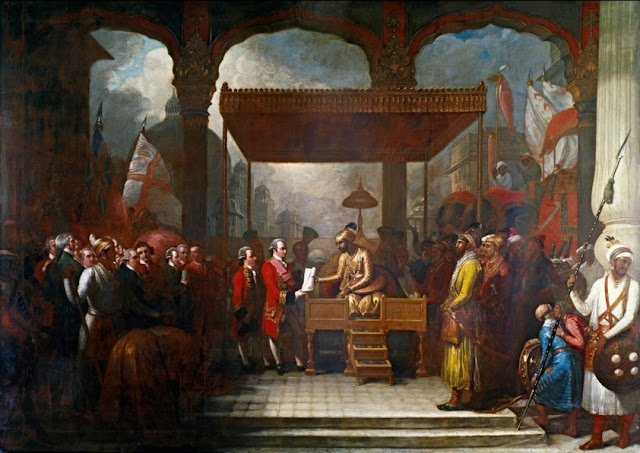Learn-Connect-Lead: Enabling experiential learning
Popular belief may hold that there is nothing better than getting out of the building and learn from doing things. Still, the chaotic, costly and unique nature of experience means that these may not translate into meaningful learning. The data bears it out: Though the employers give weight to relevant work experience, the correlation between work experience and work performance is at best tenuous. This is a serious limitation for all work-based learning models, including apprenticeships and co-operative education.
The key to learning from experience is a prepared mind. It is not enough to have the experience, but the person having the experience must be able to engage consciously in the activity. Always be learning should be the motto, and each action should be understood in its context. To construct a learning system that enables our learners to do this, we educate our learners through a learn-connect-lead cycle.
Learn-Connect-Lead
Learning is not complete unless one connects and then helps another person. By imbibing such a disposition, one can become an active and engaged practitioner, ready to engage with experiences and to learn from them. We designed this to create an environment of active learning, where the learner is not only looking at a topic or an idea but also validating it through engagement with others.
The foundation of this is our Capabilities for the Future (C4F) model, which aims to develop in each individual five capabilities: growth mindset, influence and three intelligences – career, digital and cultural. A comprehensive learning repository organised around 25 thematic areas (covering the topics e1133 Future of Work Careers certificate) underpins the learn part of the model. Each learner learns with another, using a structured, peer-to-peer learning mechanism.
The other part of this learning is connecting with the world. This outward-facing aspect of the system brings in researchers, experts and enthusiasts from all around the globe to discuss key questions around the themes. They talk about learning and leadership, professional work, emerging careers and global business. The learners participate and reflect, giving them the outside-in perspective for greater understanding and what-if scenarios. This is further emphasised by another set of Connect activities, where each learner is encouraged to join a Capability Circle, small groups led by peer-mentors to discuss their areas of interest. What’s a one-way conversation in the expert sessions becomes a two-way conversation in the capability circles.
And, finally, they lead: The aim of this system is not consumption of learning content, but active and creative participation. Once the individual learners reach a pre-defined activity threshold, they are assigned a third level of engagement (over and above their assigned peer and the external experts), that with their mentors. These are the Sherpas, the peer-mentors who construct their own ‘capability circles’, small teaching groups to discuss topics of their interest. The sherpas are engaging with the employer partners, organising capability conferences and doing the research. They are fully ready to shape and be shaped by experiences.
Enabling Experiential Learning
The Learn-Connect-Lead cycle is not an add-on, but designed to be an integral part of our experiential learning model. Every e1133 programme participant is a member of alfiNet community, and this membership entails continuous participation in the LCL cycle. This is because actions, and not content, are the building blocks of our programme, and our programmes focus on socialising actions rather than personalising content. This is what we are going to discuss next.

Comments